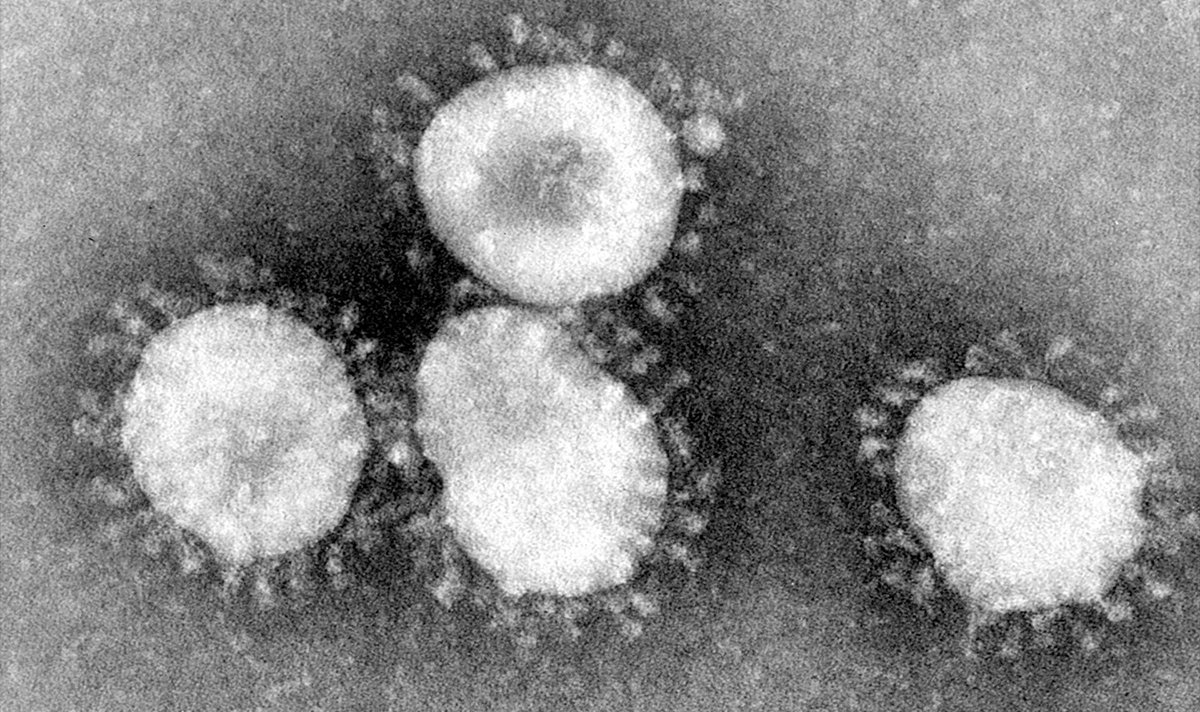Physical Address
304 North Cardinal St.
Dorchester Center, MA 02124
Physical Address
304 North Cardinal St.
Dorchester Center, MA 02124
Being human in this 'brave new world'
Being human in this 'brave new world'

CORONAVIRUS may be stopped in its tracks come the advent of warm weather, clearer skies and the fresh air of spring.
We know epidemics of the influenza virus occur mainly in winter months, typically from December to March.
Lab Studies have found that viruses survive longer at low humidity and low temperatures.
UV light rises after winter which helps destroy viruses by breaking the molecular bonds that hold their DNA together.
In dry cold air viruses can travel farther as they become airborne.
During winter months people spend more time indoors and have closer contact with each other.
While the virus is alive and in the air, people are more likely to breathe the same air as someone who has been infected and contract the virus.”
As a Medical Physiologist from University of Glasgow who has trained in immunology I can state that the Chinese government are hoping that rising temperatures come spring and the rise in humidity after March will see coronavirus rates will fall dramatically.
Viruses that cause influenza or milder coronavirus colds do tend to subside in warmer months because these types of viruses have what scientists refer to as “seasonality”.
But, a point of caution needs to be added to this “seasonality” effect, as there is no guarantee of seasonality with the coronavirus, as we have seen with MERS which started in high temperatures in Saudi Arabia.
But, the fact that coronavirus took hold in Wuhan in the depths of winter makes it more likely that the virus follows a seasonal pattern and may reduce dramatically after march.
My prognosis for the viruses’ decline has been corroborated by Ian Lipkin, director of the Columbia University’s Centre for Infection and Immunity.
Recently he described the effect of UV light on the virus to the National Geographic.
He said: “UV light breaks down nucleic acid.
“It almost sterilises surfaces.”
UV light is so effective at killing bacteria and viruses it’s often used in hospitals to sterilise equipment.
Sunlight, which is less abundant in winter, can also help break down viruses that have been transmitted to surfaces, making outside surfaces that are bathed in UV light cleaner than those in the shadow and indoors.